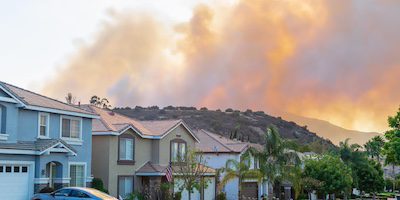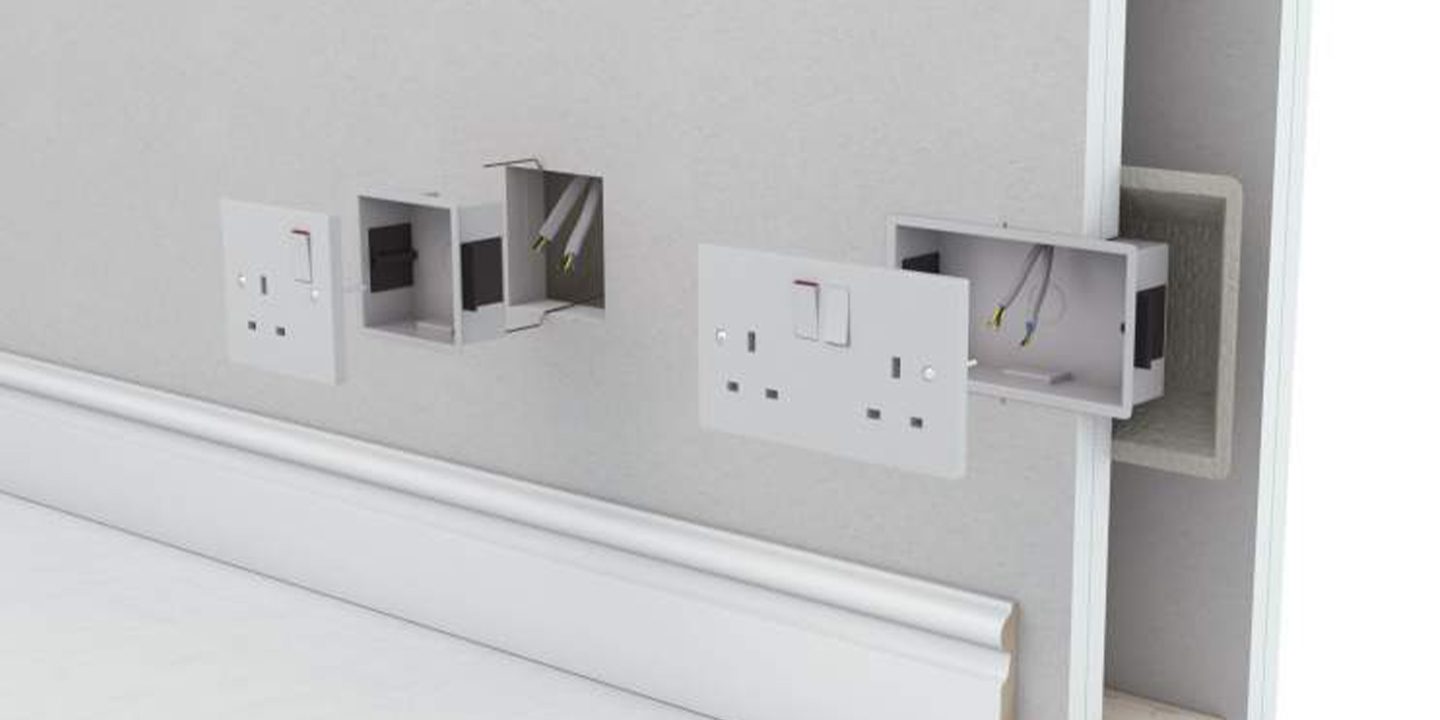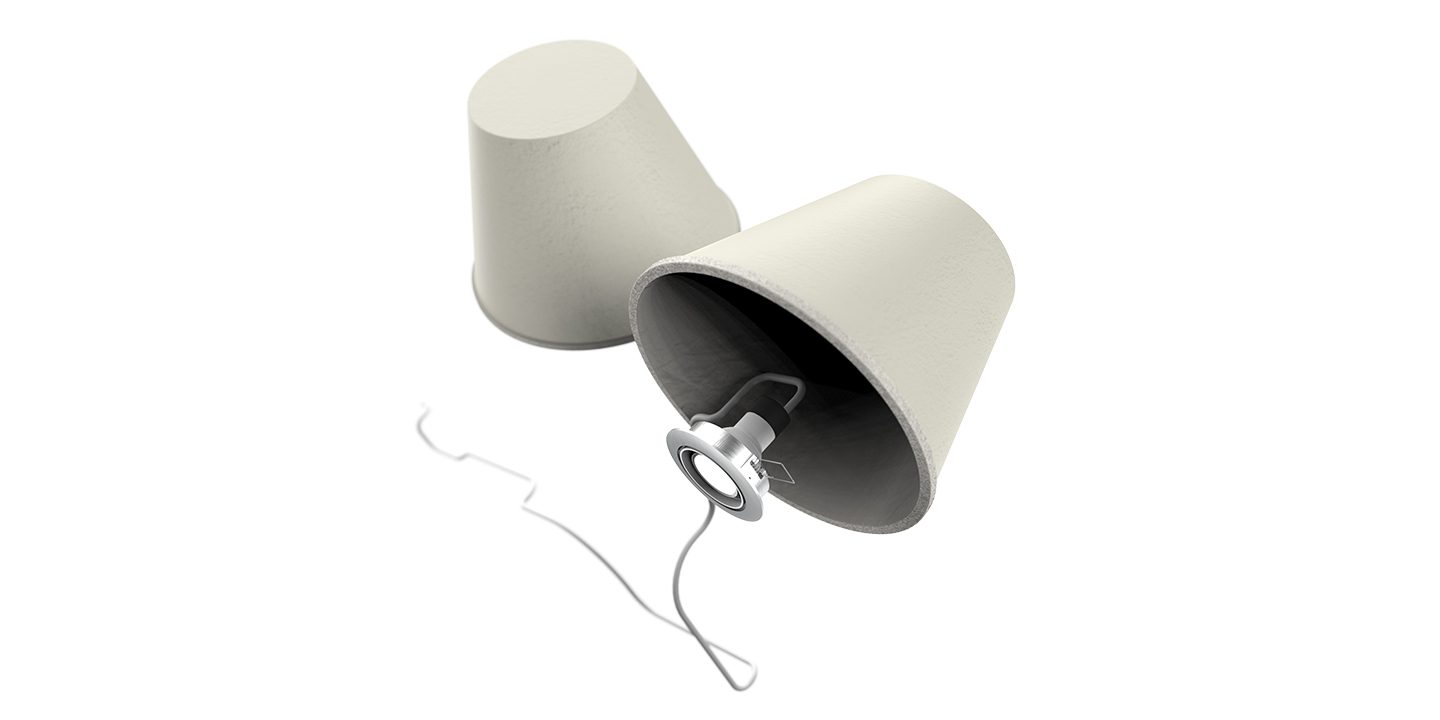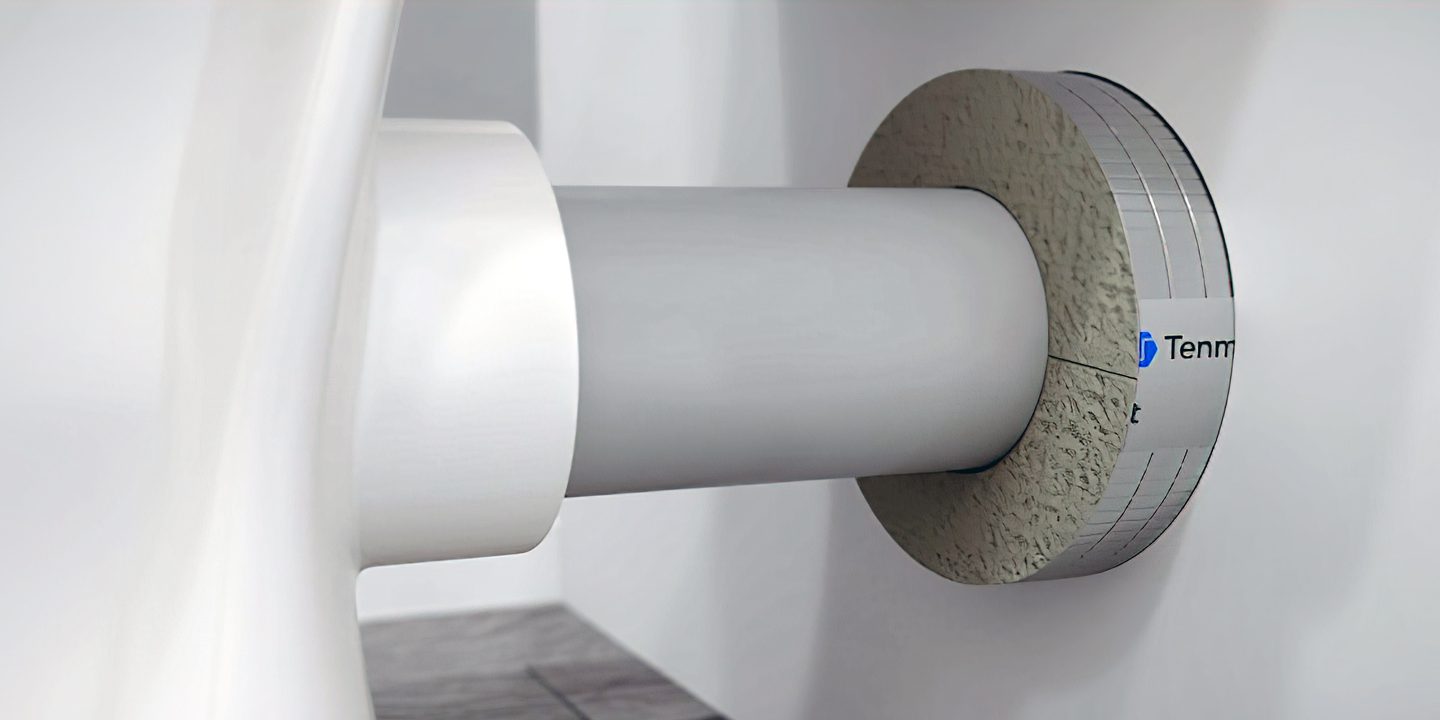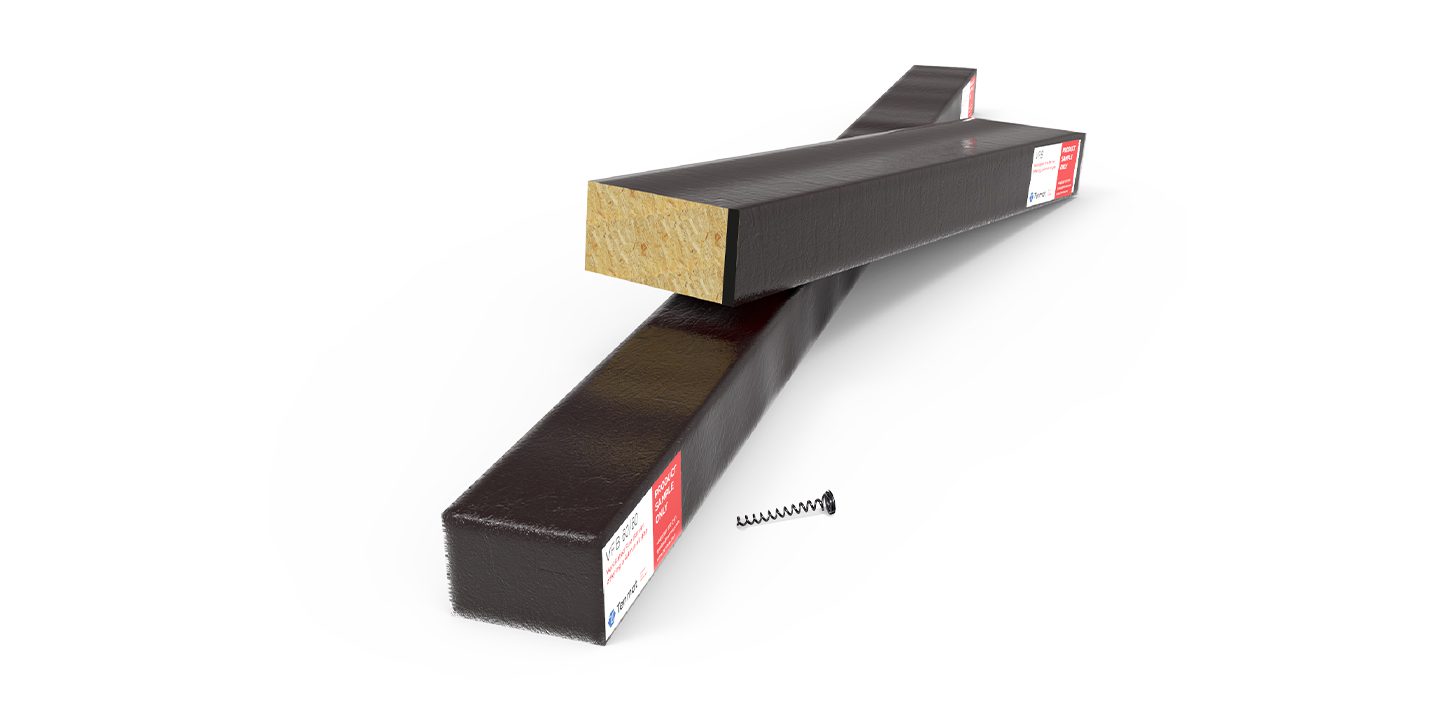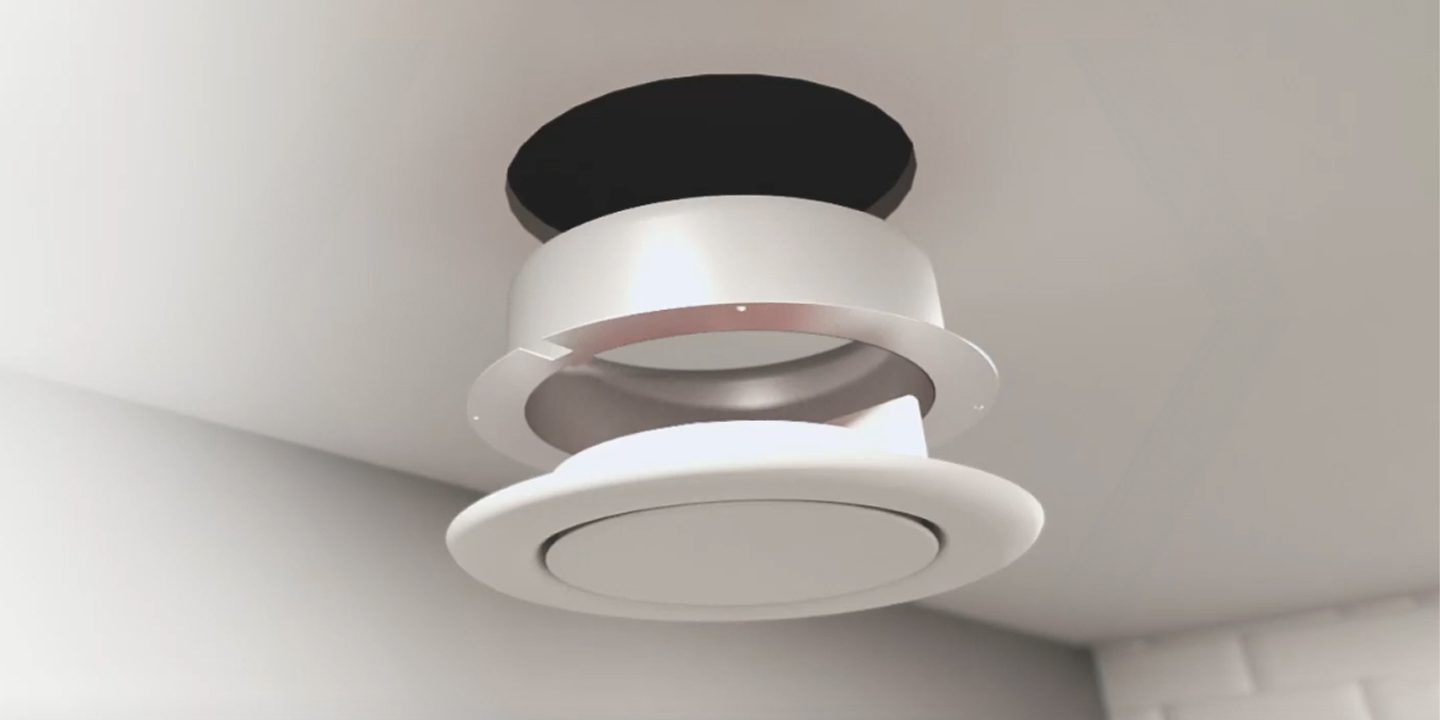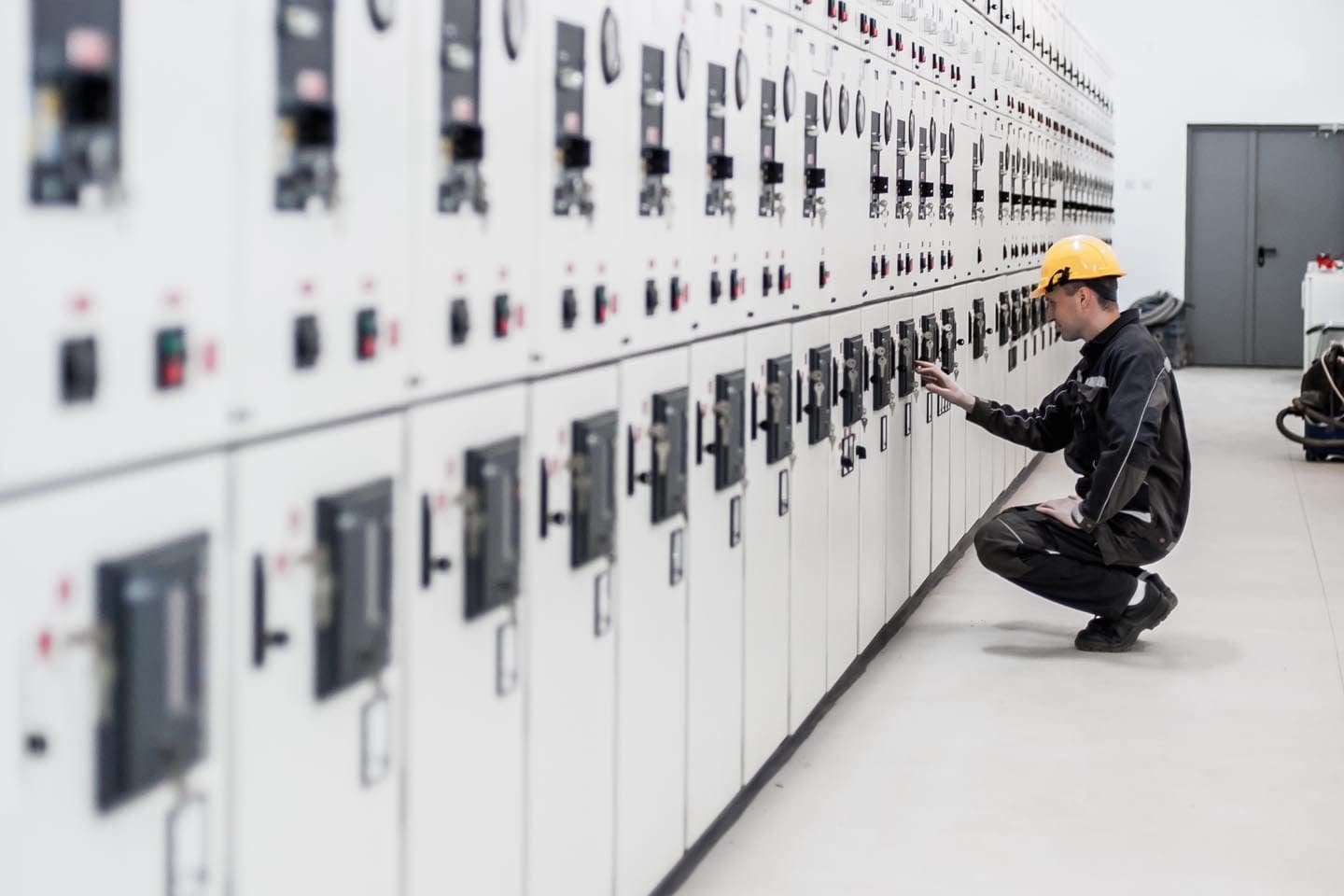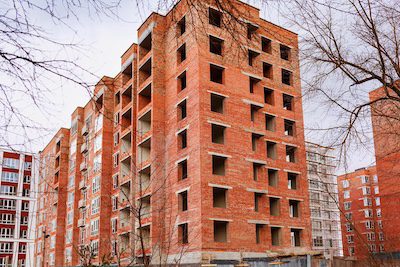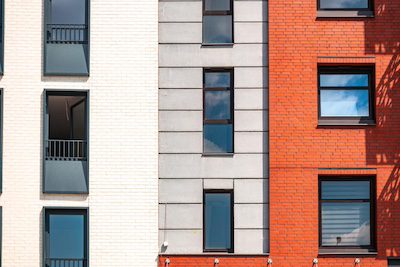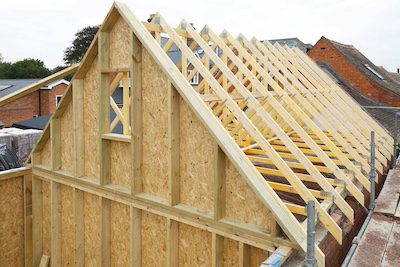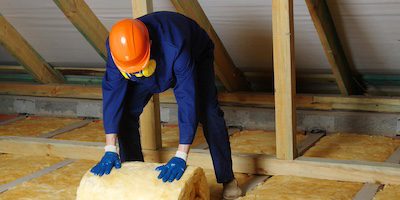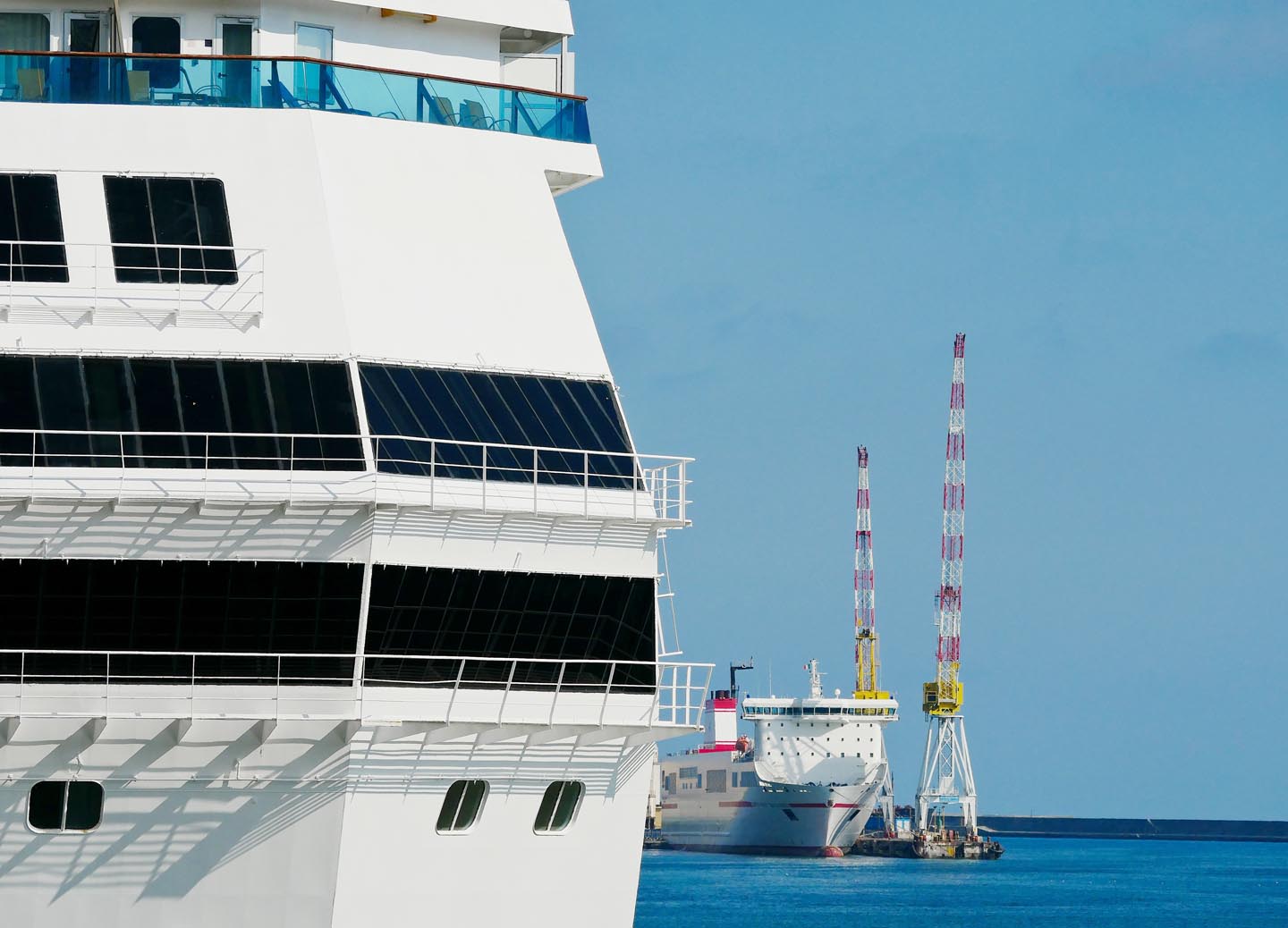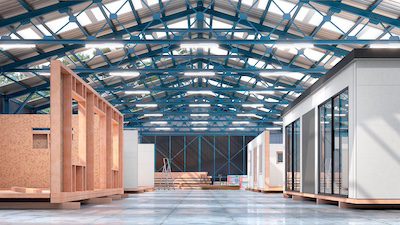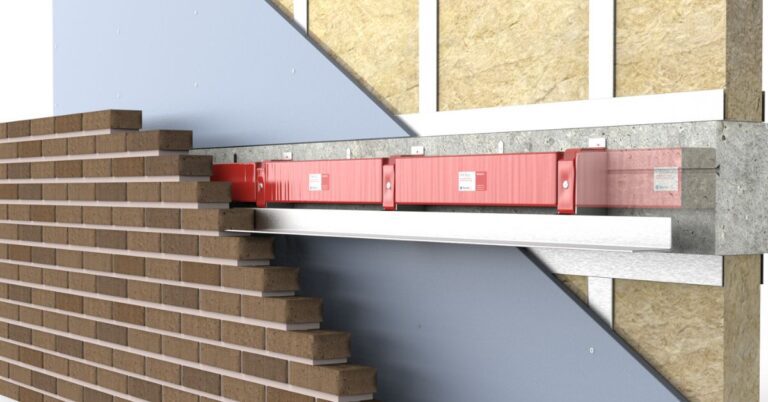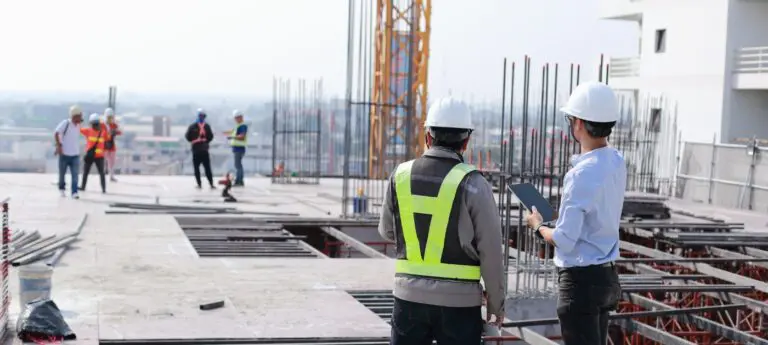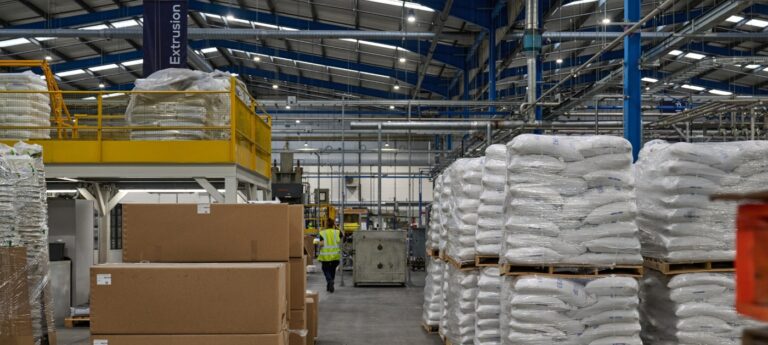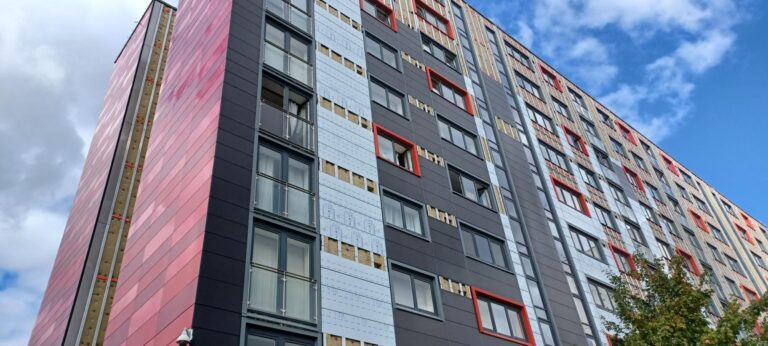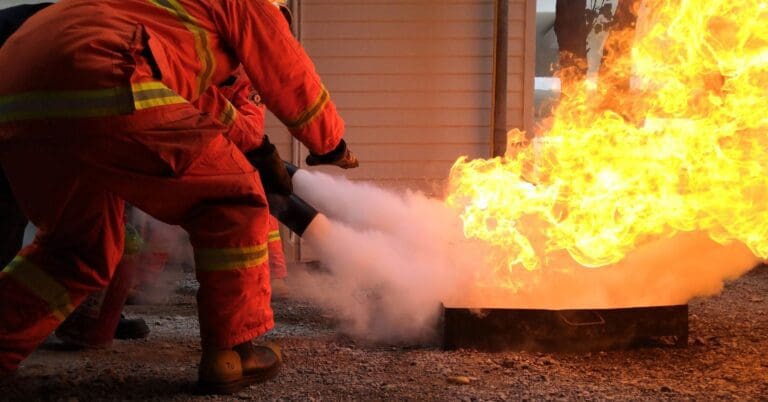In the aftermath of the Grenfell tragedy, it was clear that there was an urgent need to review cladding and other materials used in the external walls of high-rise buildings across the UK. In many instances it was found that the cladding and insulation materials applied to high-rise residential buildings was either combustible or was not installed with cavity fire barriers.
Consequently, a remediation process was initiated in which affected buildings would undergo recladding to make the buildings fire safe as a matter of urgency.
What is cladding?
Cladding (which forms the material part of a building façade) occurs in construction when an outer layer of material is applied on top of another – usually an outer wall – to form a ‘skin’ over the building.
Cladding serves several purposes: it provides a cavity space for insulation, shields the building from the elements, and can be used to enhance a building’s appearance. Modern cladding also takes other factors into account such as acoustic insulation, energy efficiency, and fire protection.
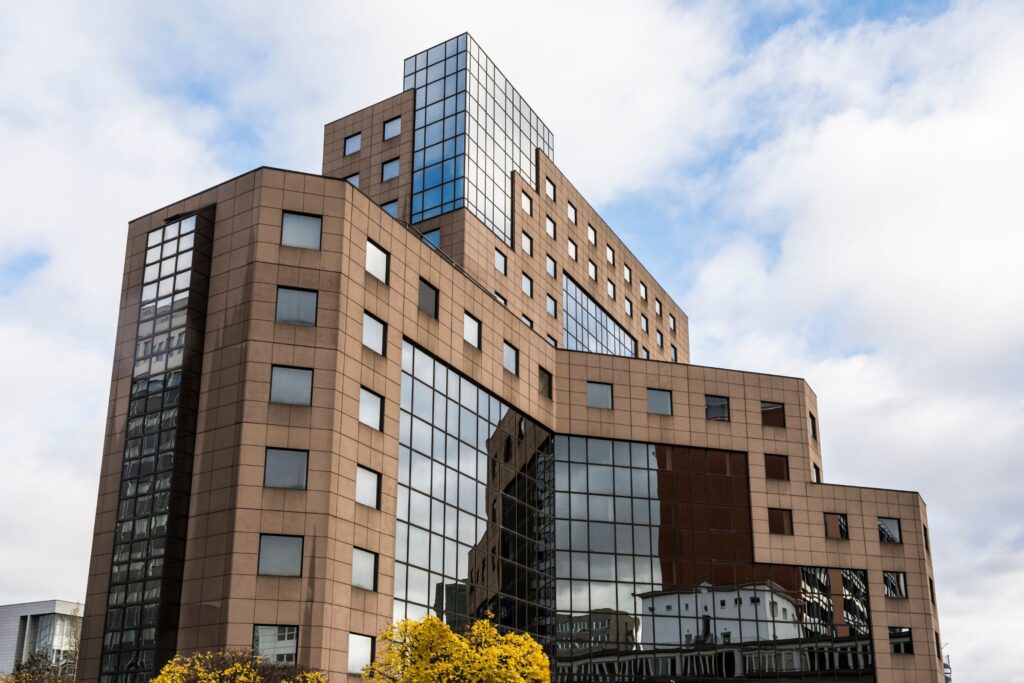
Why is recladding necessary?
One of the contributing factors to the Grenfell tragedy was the use of combustible cladding systems. The cladding used on the Grenfell tower was an aluminium composite material (ACM) composed of highly flammable polyethylene plastic and is thought to have contributed to the spread of fire which tragically took the lives of 72 people.
Upon investigation, it was determined that this material did not meet the building standards of Approved document B as initially believed. As a consequence, any buildings clad with this or similarly combustible materials were deemed to be in urgent need of recladding in accordance with the Building Safety Act 2022. The Act mandates that only non-combustible materials are used for cladding on high-rise buildings.
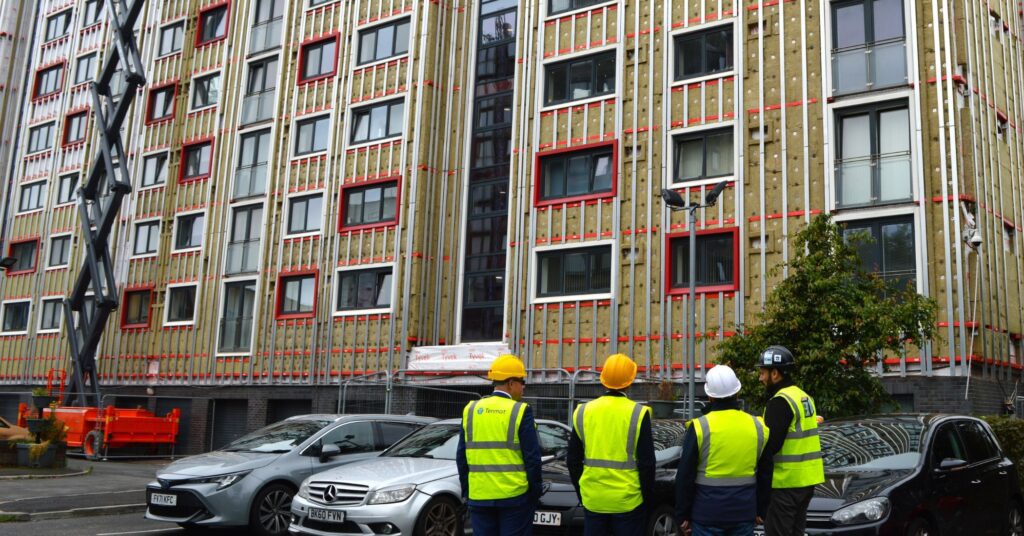
Recladding is also necessary in instances where there is a lack of passive fire protection in the form of cavity barriers. Approved Document B requires that cavity barriers are provided both to sub-divide a cavity and to close the edges of cavities; this applies to the cavity space between external walls and exterior cladding systems.
In this application, cavity barriers work to slow down the spread of the fire between different building compartments (for example, between different apartments in a high-rise residential building) thus providing adequate time for residents to evacuate and for emergency services to respond. Without compliant cavity barriers in place, fire is able to rapidly spread within the cladding cavity and reach other apartments via openings such as windows and vents.
While the Grenfell building did have cavity barriers in place, they were rendered ineffective due to the highly combustible nature of the outer cladding and were also deemed to have been so poorly installed as to be completely ineffective in parts. It was also found that in many instances the cavity barriers were not adequate for the cavity space – meaning they did not effectively seal the cavity and therefore the fire was able to spread with minimal resistance.
Where compliant cladding and cavity barriers are not in place, recladding is necessary to ensure that in the event of a fire:
Safety first
Residents have as much time as possible to get to safety
Controlled
Fire is contained in one place for as long as possible
Protection
Damage to the building is minimised
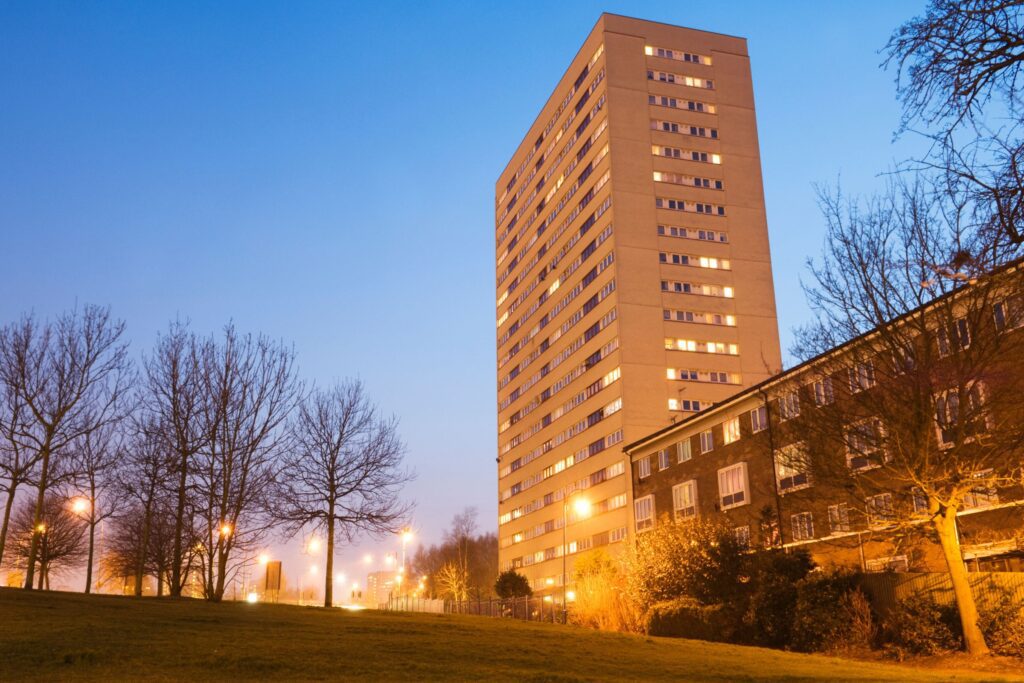
The remediation process
Following the Grenfell tragedy, the British government created the Building Safety Fund to facilitate the removal of combustible cladding from buildings over 17.7 meters tall. In 2022 a further Medium-Rise Scheme was announced to fund the remediation of unsafe cladding on smaller buildings – 11m to 18m.
Although many hundreds of buildings have had unsafe cladding removed in the years since, there are still thousands of mid- and high-rise buildings throughout the UK deemed unsafe due to combustible cladding and other associated risks. The remediation process is therefore likely to last several more years, if not longer.
combustible cladding
How Tenmat supports recladding schemes
Tenmat has been heavily involved in providing fully compliant cavity fire barriers for recladding schemes across the UK since the remediation scheme’s announcement. Our high performance barriers and fully tested, long-lasting intumescent provide excellent passive fire protection for cladding systems and brick-slip systems.
Our team works closely with local councils and cladding contractors to ensure complete compliance in all cladding barrier applications. From initial proposal through to project completion Tenmat’s experts are fully involved with the recladding process – providing installation demonstrations, toolbox talks, and regular site inspections – to verify that our barriers are installed correctly and provide optimum protection.
Find out more about our extensive experience in recladding schemes by contacting us.
Recladding – crucial for ensuring fire safety in older buildings
The Grenfell inquiry stressed the importance of building regulations and materials testing – especially regarding cladding. While cladding serves an important purpose, if not correctly integrated with effective passive fire protection systems the resulting cavity can act as a ‘chimney’ through which fire can rapidly spread to other areas of the building.
Replacing unsafe cladding with cavity barriers is vital for ensuring that fire protection is in place and that the immediate risk of combustible materials is removed.
Learn more about our fire protection solutions in building façades.

